Previous Research
Bird atlases provide a fascinating periodic insight into the status of all of the bird species of an area. Their scope varies from small counties up to entire continents, but what they all have in common is a series of maps that depict patterns of distribution of every bird species present, whether it be breeding, wintering, or even year-round.
For the casual birdwatcher they provide indications of what can be seen where - indeed they are the basis of distribution maps in bird books. For the scientist they provide a means of understanding the processes shaping bird communities and the factors limiting bird distributions. And for the conservationist they provide indications of changes in distribution that might be indicative of wider issues.
What have the Britain & Ireland bird atlases told us?
As elsewhere around the world, data from the Britain & Ireland bird atlases have been put to a wealth of uses. The references page lists a selection of the academic publications that have stemmed from our atlas data, and there have been many other applications in environmental impact assessment and conservation projects.
Farmland bird declines
Following the completion of the 1988–91 Breeding Atlas, Rob Fuller et al. published a paper in the journal Conservation Biology (1995,9:1425–1441) that demonstrated major range contractions for a host of farmland specialists. They drew together comparisons of the breeding range during the 1970s and 1990s from the two breeding atlases with population trend data from the Common Bird Census to assess the status of farmland birds. They showed that of 29 farmland species, 24 contracted in range between 1970 and 1990. When compared with other groups (e.g. wetland species, or woodland species) the farmland range contractions really stood out. We are keen to analyse the results from Bird Atlas 2007–11 to see where these range contractions have continued and the degree to which agri-environment schemes have begun to reverse the losses.
Climate Change
BTO data have shown that several bird species are nesting earlier and some migrants are arriving earlier. Data from previous BTO atlases have played a role in showing how distributions have changed, perhaps in response to climate change. Thomas and Lennon (1999: Nature 399: 213) looked at the northern and southern range limits of species distributions in Great Britain as determined by the 1968–72 and 1988–91 atlases. They classified the breeding birds of Britain into two groups, either southern breeders or northern breeders. Accepting that the range edges might expand or contract if a species is naturally increasing or decreasing in abundance, they were interested in whether the edges of the range moved when a species was otherwise stable. They found that the northern range edge of southerly distributed species shifted north on average by about 18–19km during the intervening c.20 years.
In contrast there was no systematic change in the southern edge of range for northern species. These results were consistent with those found for butterflies in which northern range boundaries have expanded more than southern boundaries have retracted.
Early results from Bird Atlas 2007–11 showed some clear examples of species continuing this trend. The Nuthatch is probably the most striking example, with a range expansion into southern Scotland well underway. However, there are other southerly species with an affinity for warm environments that are now showing the same pattern. The climatic preferences of both Nightingale and Turtle Dove would suggest that they should be spreading northwards in a warming climate but in fact both are contracting to the southeast. Clearly other factors are at play and BTO is actively engaged in work to disentangle the multiple factors that could be affecting British and Irish bird distributions.
Macroecology
Macroecology can be defined as the study of relationships between organisms and their environment at large spatial scales to characterise and explain statistical patterns of abundance, distribution and diversity. It is immediately obvious from their scale of coverage that atlases can play a major role in the study of macroecology. For example, Gaston and Blackburn (2002, Journal of Animal Ecology 71: 390-399) used data from the first and second breeding bird atlases to assess the rates of gains and losses and how they were related to factors such as body size, overall range size, abundance and dispersal ability. They found that species with small ranges and high rates of dispersal were more likely to have colonized new areas between 1970 and 1990.
Acting in the opposite direction, species with small population size and low body size were more likely to have disappeared from areas between 1970 and 1990. The authors contend that these results suggest that long-term evolutionary history has influenced the ability of species to respond to current ecological conditions. Understanding such processes takes on an applied importance when the issue of colonisation/extinction is applied to farmland birds. Understanding the importance of dispersal ability for instance may help in determining how to go about providing seed-rich habitats or supplementary food to help farmland bird populations recover.
Direct conservation uses
The leading governmental and non-governmental conservation organisations in the UK periodically review the population status of bird species that are regularly found in the UK and classify them into one of three lists - red, amber or green. The classification is based on population size, range size and temporal trends in either. Atlas data were used for range size information. Currently 40 species are red-listed, 121 are amber-listed and 86 are green-listed. Read more about these lists (PDF). Data from Bird Atlas 2007–11 will be used in the next review due in 2014.
Atlas data will feature prominently in the imminent State of the UK's birds, due to be published in late 2013.
Already, Bird Atlas 2007–11 data have been used in a number of conservation and management projects, including status assessments for Corn Bunting and Grey Partridge, assessing planning applications in Scotland, and identifying areas of critical importance for breeding Turtle Doves for conservation action. Atlas data will be criucial to ongoing conservation targeting work.

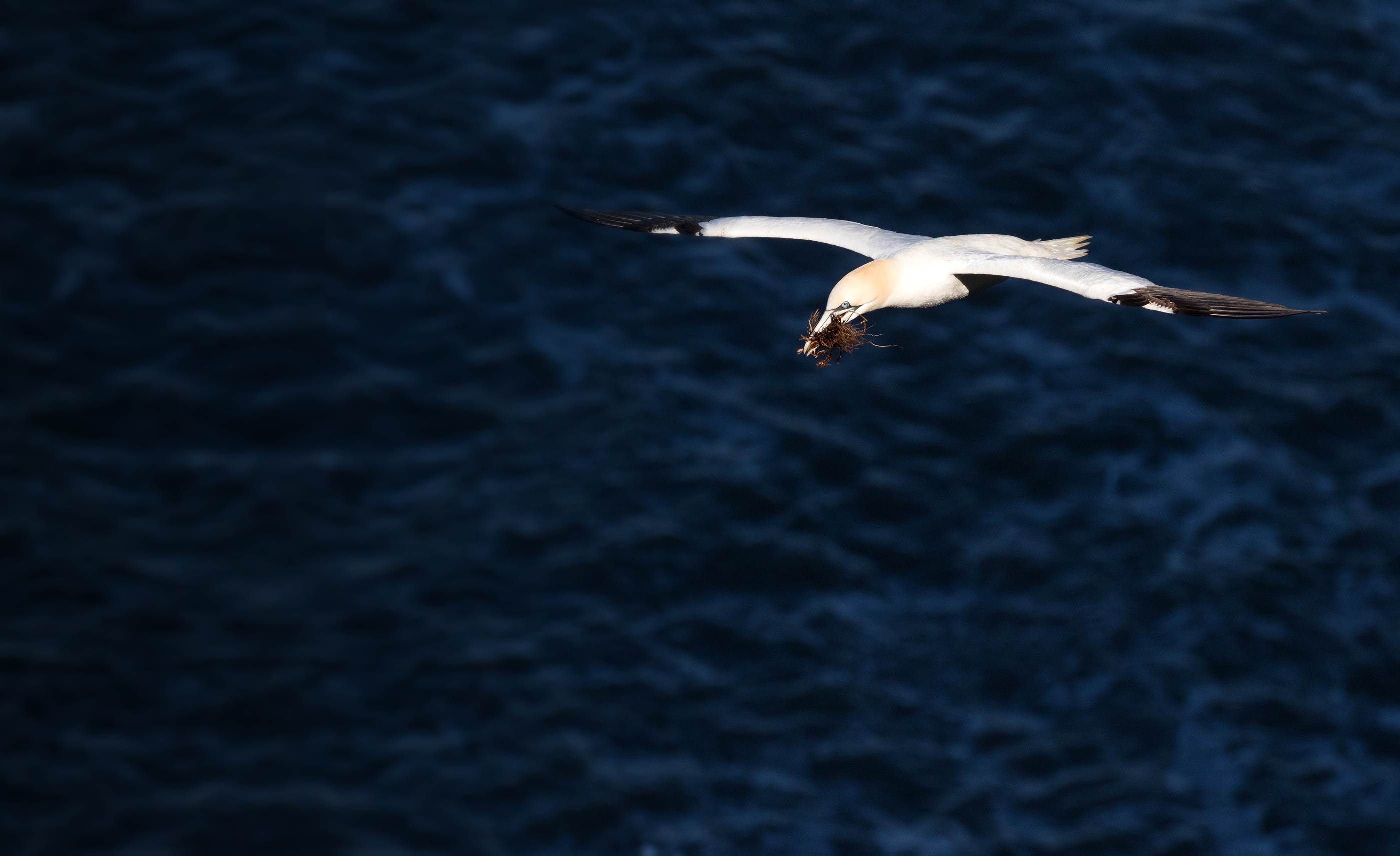

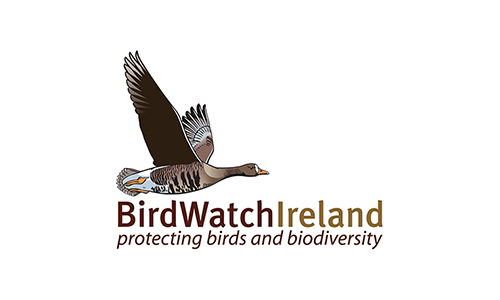

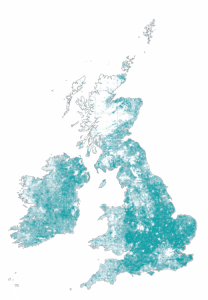
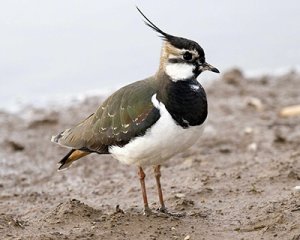
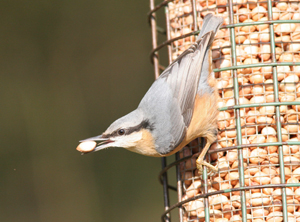




Share this page